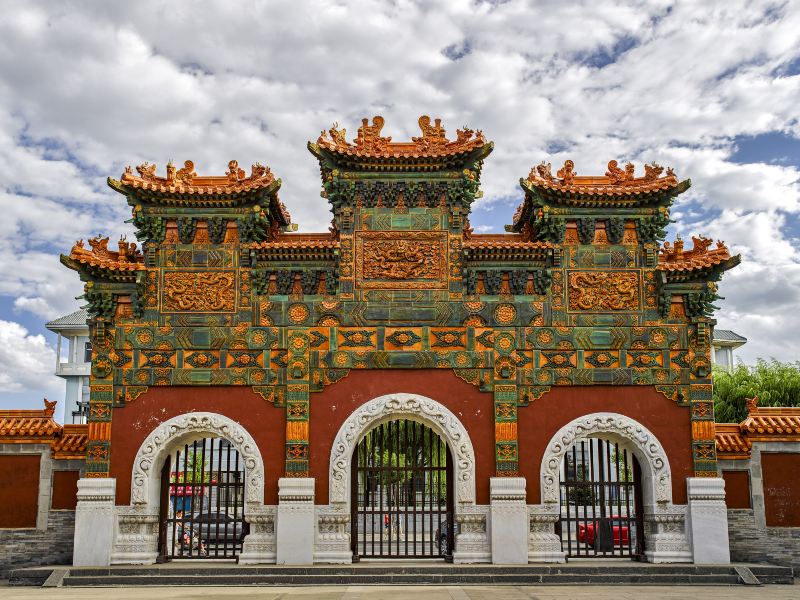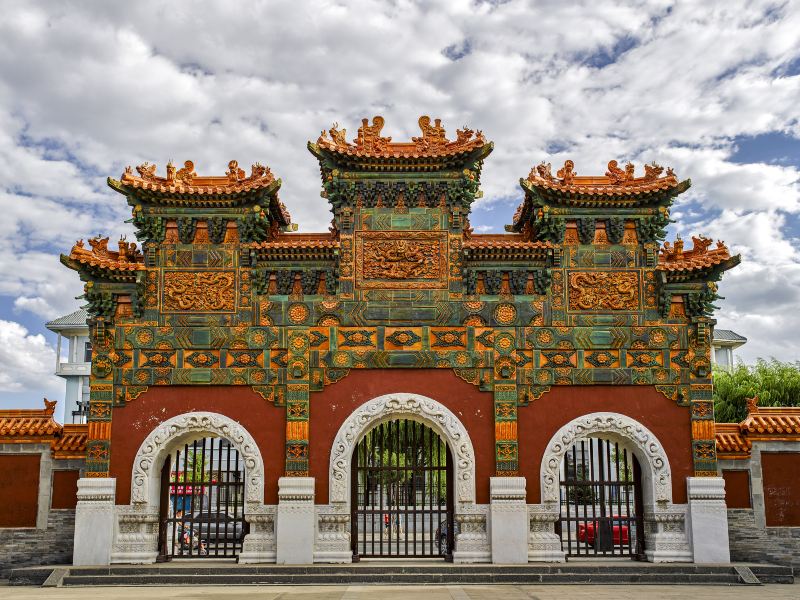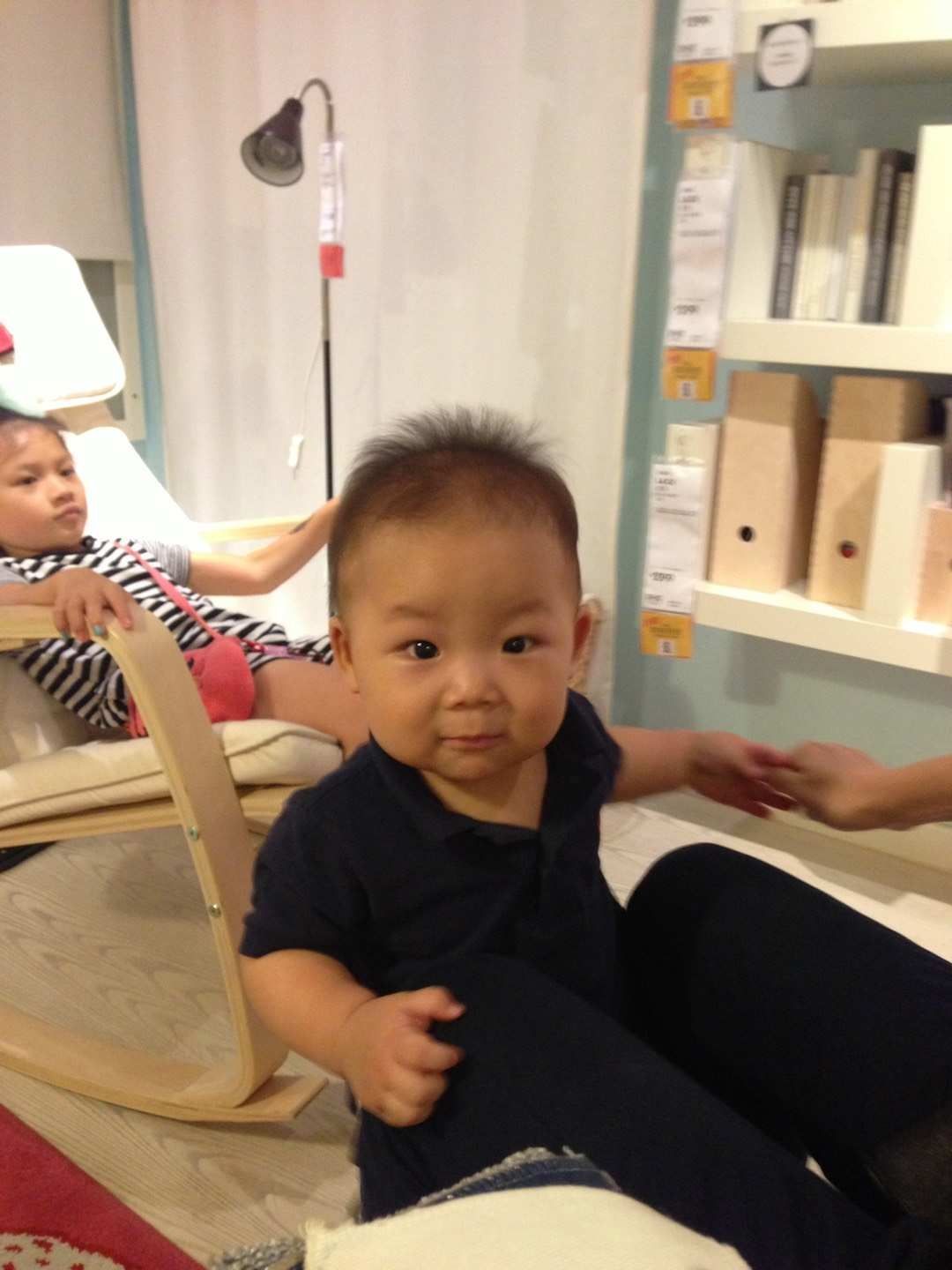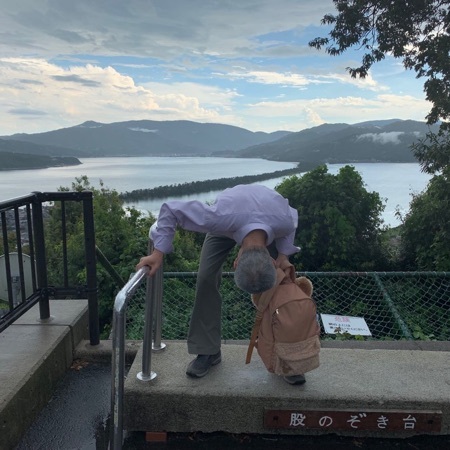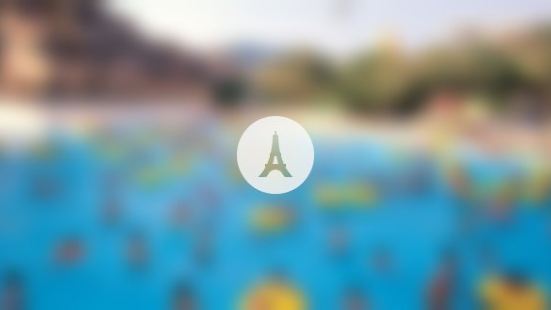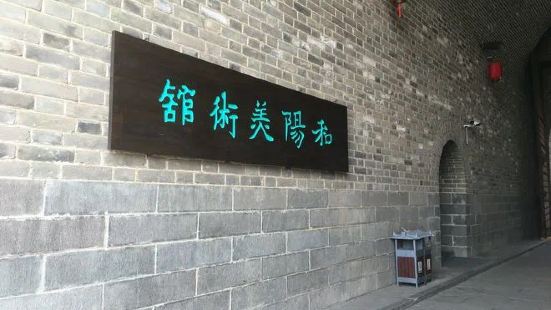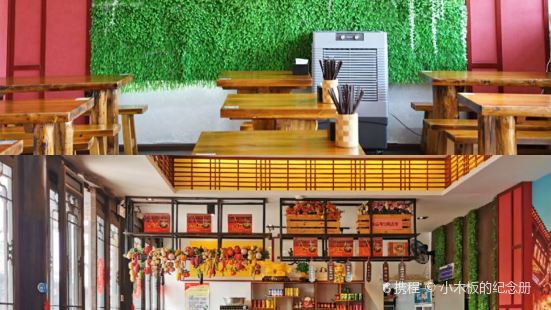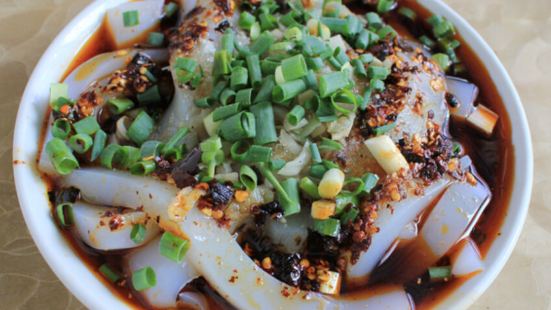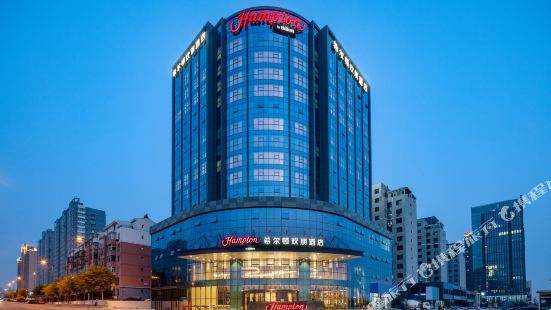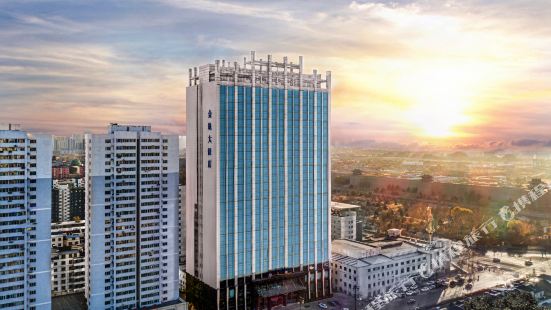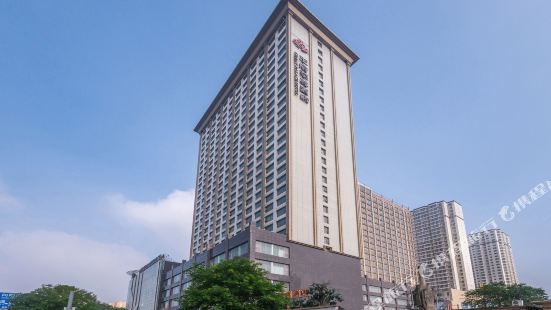Photos of Fahua Temple
Fahua Temple in Datong City is located on the north side of Heyang Street in Datong City, and the temple faces south. According to the "Datong County Chronicle" in the 10th year of the Daoguang reign of the Qing Dynasty (1830), this temple was "built in the Ming Dynasty, but was abandoned for a long time, and the brick pagoda remains." The main buildings along the central axis are: Shanmen, Tianwang Hall, Sanshi Hall, Daxiong Hall, Fahua Tower, and Zangzhen Building. The side halls on both sides of the Sanshi Hall are the Jialan Hall and the Zushi Hall. The Daxiong Hall is built with Luohan Hall from east to west. Other buildings include bells, drum towers, verandas, and side halls. There are six Buddha statues in the Hall of Heavenly Kings, namely Maitreya Buddha, Wei Tuo and the Four Heavenly Kings. The murals use auspicious clouds, lotus flowers, peony, bluestone and other themes to set off the scenes of the four kings. The six statues are vivid, creative and imaginative. They combine our traditional Chinese Confucianism, Taoism and Buddhist culture well. They are full of life without losing the meaning of cultural heritage, and Chinese and foreign cultures complement each other. The Sanshi Hall is dedicated to Guanyin, Manjusri, and Samantabhadra. The statue is flexible and vivid, with a peaceful face. The east and west walls are painted with eight bodhisattvas and Buddhas of the ten directions, and the back wall is painted with the scene of the Lotus Dharma meeting. The Mahavira Hall is dedicated to three Buddhas. The Buddha statue sits solemnly, with benevolent faces, kind eyebrows and good eyes, gentle and elegant, and the backlight is made of hanging sculptures and painted with stone green, dark blue and other colors, which makes the three-dimensional sense strong, and reflects the solemnity and solemnity of the Buddha. The gable is painted with water and land murals, also known as the map of the journey of man and god. There are many characters and different shapes, including Confucianism, Buddhism, Taoism and so on. The Fahua Pagoda was built in the late Yuan and early Ming Dynasty. It is the only existing Lama pagoda in our city. It is named after the "Fahua Sutra" in the pagoda. The buildings of the whole monastery are scattered in height and symmetrical, and the statues are flexible and rich, with vivid images. The murals are colorful and have many characters. The characteristics of multi-ethnic fusion and the combination of exotic colors are strong.

 午🐴
午🐴